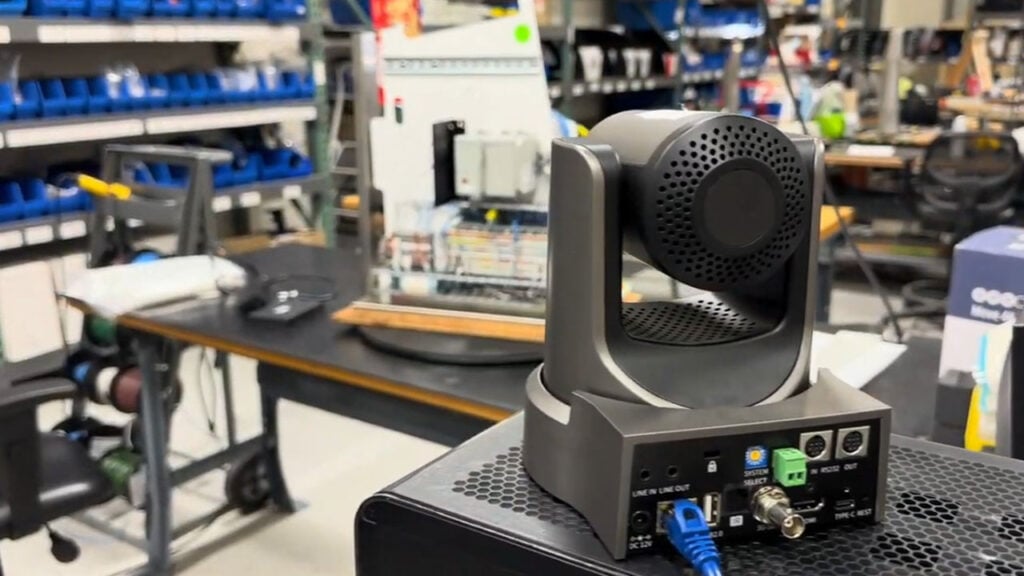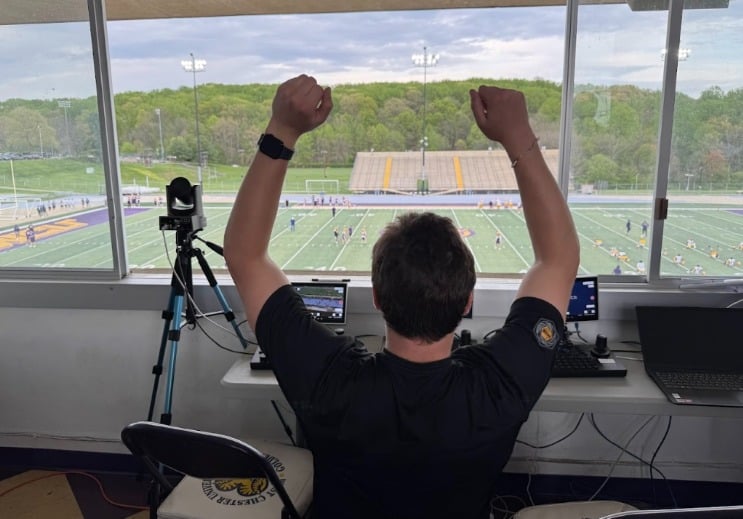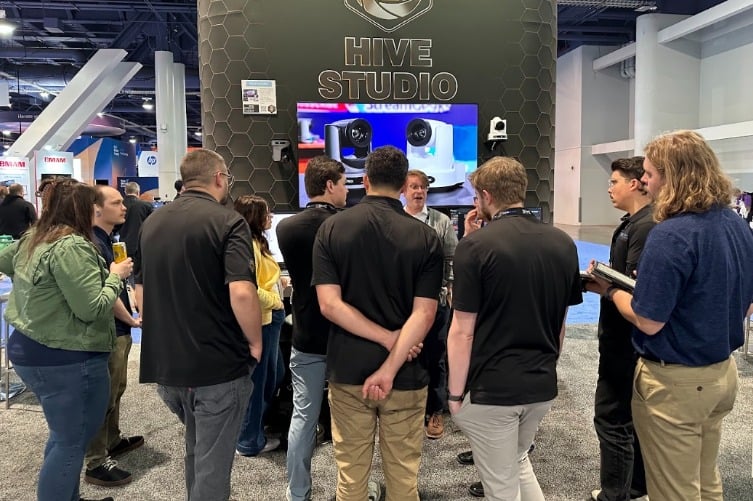What is SRT?
Written by Paul Richards on April 8, 2021
SRT is a video transport protocol designed to send high quality video over the public internet. SRT stands for Secure, Reliable, Transport. SRT can be used with many popular video production solutions including OBS, Wirecast, and vMix. In fact, there are over 450 members in the SRT alliance. SRT is used by video producers small and large to enable remote productions from all around the world.
SRT vs. NDI
Unlike NDI, which is designed for local area networks, SRT was designed for use over the public internet. This is done partially by managing a fixed amount of latency for each video stream. Therefore, SRT does require internet access. SRT video connections provide broadcast studios remote access to high definition video and audio that is usable for video production. For example, SRT is an ideal way to send video from reporters in the field who make remote video contributions. Broadcast studios can then receive that video where it can be mixed into a news production.
Encryption
SRT has made a name for itself by providing encryption that ensures secure transport of even the highest level production. SRT can enable end-to-end AES encryption which is ideal for any content that requires protection. SRT protects against video jitter and packet loss even during bandwidth fluctuations from unreliable WiFi or cellular connections.
SRT is Affordable
As SRT hardware and software has become more affordable, everyday productions done at schools, churches and state/local government agencies are using the solution. While SRT is used by the world’s largest live production companies including Fox Sports, Comcast, and the NFL, the solution is open source and used by thousands of independent broadcasters.
How to Get Started
SRT is helping to enable remote productions around the world, and there are a few things you should know to get started using SRT.
First of all, SRT uses the public internet. Therefore, you can either set up a peer-to-peer connection or you can use a proxy server to connect. A peer-to-peer connection will require a little networking knowledge. For example, you will need to know your public IP address, make sure your router is set up with port forwarding, and configure your video production software to receive the stream. There are great tutorials you can watch to step through this process, like this one on vMix’s YouTube channel. The second easier way to get set up using SRT is to use an SRTMiniServer in combination with it’s proxy server capabilities. This application which costs $30 per month, will receive SRT video feeds and convert them into NDI which you can easily use with OBS, vMix, Wirecast and more.
SRT is Not Like Zoom
You should know that SRT is not ideal for two-way communications like Zoom or Skype. Rather, SRT is ideal for broadcasting in one-way communication scenarios like remote reporting and connecting video streams to a remote broadcast studio. One of our favorite use cases for SRT is remote production with a couple of 5G connected cell phones. The Urbanist recently produced a multi-camera tour of NYC using the Lorax Broadcaster App on iPhone 12 cameras. These cameras were able to send 2-3 Mbps quality video streams back to a production PC which was then incorporated broadcast elements such as live chat, graphics, overlays and more.
Another great example of SRT, is connecting two video production systems together. For example, consider a trade show happening where a live stream is going on. A company can easily set up a few cameras on site, but they don’t need to bring an entire video production system with them on site. Instead, they can send each video and audio stream from the tradeshow floor back to their video production studio for broadcasting out to the world.
Encoding
When using the hardware encoding option in a software like vMix you can utilize an NVIDIA graphics card to decode SRT video streams. When doing so, you may need to consider how many encoding channels are being utilized on your graphics card for use simultaneously. If your graphics card has a limited number of simultaneous encoding channels you may need to use your CPU to decode SRT. Most Geforce NVIDIA graphics cards are limited to two hardware encodes per system. So if you are using hardware encoding for your recording and streaming you cannot also not use it for SRT with a Geforce graphics card. If you have a P2000 or higher end Quadro Card you can have an unlimited number of encodes. Quadro graphics cards are only limited by the capabilities of the particular card.
More on Basics of Live Streaming
- What do I need to live stream? Here.
- How to live stream to YouTube Here.
- How to make more engaging video content Here.
- What is the best camera for live streaming? Explained Here.
- How to live stream to Facebook? Here
- How to add graphics into your live stream Here
- How to live stream a Zoom meeting? Here
- What is OBS (Open Broadcaster Software)? Here
- What is a PTZ Camera? Here
- What is an SDI Camera? Here
- What is an NDI Camera? Here
- What cables do I need to live stream? Here
- What type of computer do I need to live stream? Here
- What is SRT? Here
- What is bandwidth? Here








